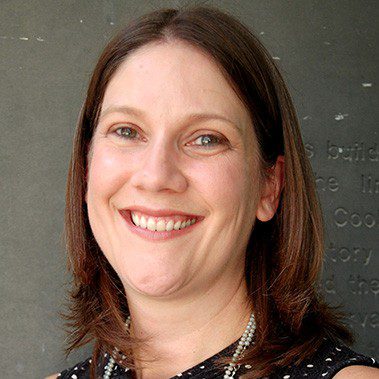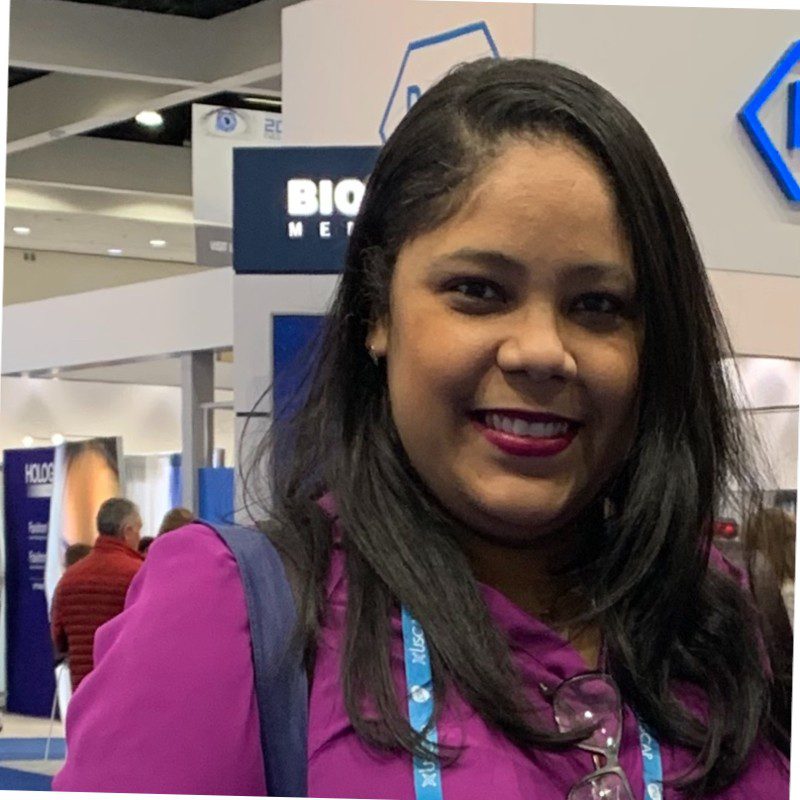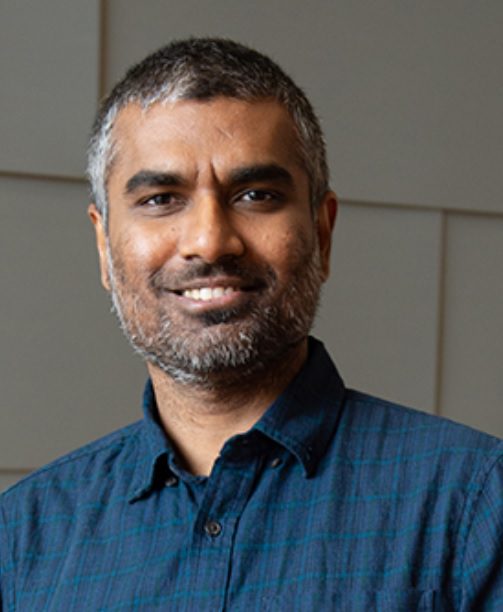Boston 2023 User Group Meeting
Accelerate and empower your true multiomics research
At AGBT 2023, our collaborators and staff demonstrated how spatial imaging of complementary RNA and protein biomarkers in a single tissue section revealed insights into tumor biology and immunotherapy response.
Complete the form to view recordings of the presentations and posters listed below:
WATCH THE PRESENTATIONS
"*" indicates required fields
Agenda
Talk 1: Single-Cell, Spatial Phenotyping: Fueling the Next Wave of Discovery Biology
9:00 AM Singapore/China | 10:00AM Japan/Korea | 12:00 PM Melbourne | 2:00 PM Auckland
Abstract
This talk explains multispectral immunofluorescence and multispectral imaging solutions in spatial biology, focus on the importance of single cell resolution in spatial biology, how to discover single cell contextual phenotypes and the many single-cell, spatial phenotyping applications.
Speakers

Kathleen Pfaff, Ph.D.
Biomedical Research Scientist, Immuno-Oncology
Dana-Farber Cancer Institute
Dana-Farber Cancer Institute
Talk 2: Understanding Tumor Immune Microenvironment using Multispectral Imaging
9:20 AM Singapore/China | 10:20 AM Japan/Korea | 12:20 PM Melbourne | 2:20 PM Auckland
Abstract
Tumors grow within an intricate network of epithelial cells, vascular and lymphatic vessels, cytokines and chemokines, and infiltrating immune cells. Different types of infiltrating immune cells have different effects on tumor progression, which can vary according to cancer type. Understanding immune microenvironment is crucial to develop effective cancer immunotherapies and identify resistance mechanisms to immunotherapy. A better visualization of and identification of cancer immunology biomarkers leads to improved understanding of the immune microenvironment. In my talk, I will describe Vectra Polaris- multiplex immunohistochemistry staining solutions, multispectral imaging systems, and advanced image-analysis software-, which enables a more comprehensive and specific view and analysis of the interaction between cancer and the immune system, at a cellular level, in a single tissue section.
Speakers

Zhongmin Xiang
Associate Director
BostonGene
BostonGene
Talk 3: Spatial immunophenotypes in-depth discovery tumor immune microenvironment for prognostic and stratification of cancer patients
10:00 AM Singapore/China | 11:00 AM Japan/Korea | 1:00 PM Melbourne | 3:00 PM Auckland
Abstract
Characterizing immune phenotypes in human cancer tissues via multiplexed immunohistochemistry may help guide PD-L1 clinical therapy. The microenvironments analysis can improve our understanding of immune phenotypes and cell interactions and providing the ability to predict safe responses to immunotherapies.Demonstrated the need for the integration of multiplex IHC analysis to obtain more meaningful survival prognosis and patient stratification. Provides insights into the complex tumor immune evasion and immune regulation by the tumor-infiltrating effector and suppressor cells, informing on the best use of immunotherapy options.
Speakers

Andressa Dias Costa, M.D.
Pathologist and Scientist
Digital Pathology and Digital Spatial Profiling in GI Cancer
Dana-Farber Cancer Institute
Digital Pathology and Digital Spatial Profiling in GI Cancer
Dana-Farber Cancer Institute
Talk 4: Microenvironment of adult T-cell leukemia/lymphoma
10:40 AM Singapore/China | 11:40 AM Japan/Korea | 1:40 PM Melbourne | 3:40 PM Auckland
Abstract
Adult T-cell leukemia/lymphoma (ATLL) is a malignancy caused by the human T-cell leukemia virus type 1. Aggressive ATLL is refractory to conventional chemotherapy and shows poor prognosis. The genetic landscape of ATLL reveals frequent genetic alterations in genes associated with immune surveillance, including major histocompatibility complex (MHC) class I and programmed cell death ligand 1. Clinicopathological investigations also reveal tumor immunity mechanisms in ATLL, including various immune checkpoint molecules, MHC molecules, tumor-associated macrophages, and chemokines. However, the tumor microenvironment of ATLL remains complex because ATLL itself is derived from T-cells, usually expressing regulatory T-cell markers. In this review, we discuss the recent literature describing the tumor microenvironment of ATLL.
Speakers

Peter Miller
Vice President Research and Development
Akoya Bioscience
Akoya Bioscience
Talk 5: New dog, old tricks: “Oncofetal” reprogramming of the HCC tumor microenvironment promotes immune tolerance
11:20 AM Singapore/China | 12:20 AM Japan/Korea | 2:20 PM Melbourne | 4:20 PM Auckland
Abstract
Tumor cells exhibit phenotypic plasticity that contribute towards the generation of diverse cell states, thereby resulting in intra-tumor heterogeneity (ITH). ITH-driven diversity in the genetic and transcriptomic states within cancer cell populations are thought to be the major drivers of tumor evolution, both in the context of tumorigenesis and treatment-induced progression to resistant and/or metastatic disease. In my talk I will reflect upon our current understanding of how human liver cancer (HCC) might evolve in the context of their tumor microenvironment (TME). Specifically, I will share our recent observations from single cell transcriptomic studies on how cancer cells can reprogram the TME to generate a fetal-like immunosuppressive ecosystem in order to facilitate their growth and viability during carcinogenesis.
Speakers

Santhosh Sivajothi, Ph.D.
Associate Research Scientist
The Jackson Laboratory
Spatial Biology, Molecular Imaging
The Jackson Laboratory
Spatial Biology, Molecular Imaging


